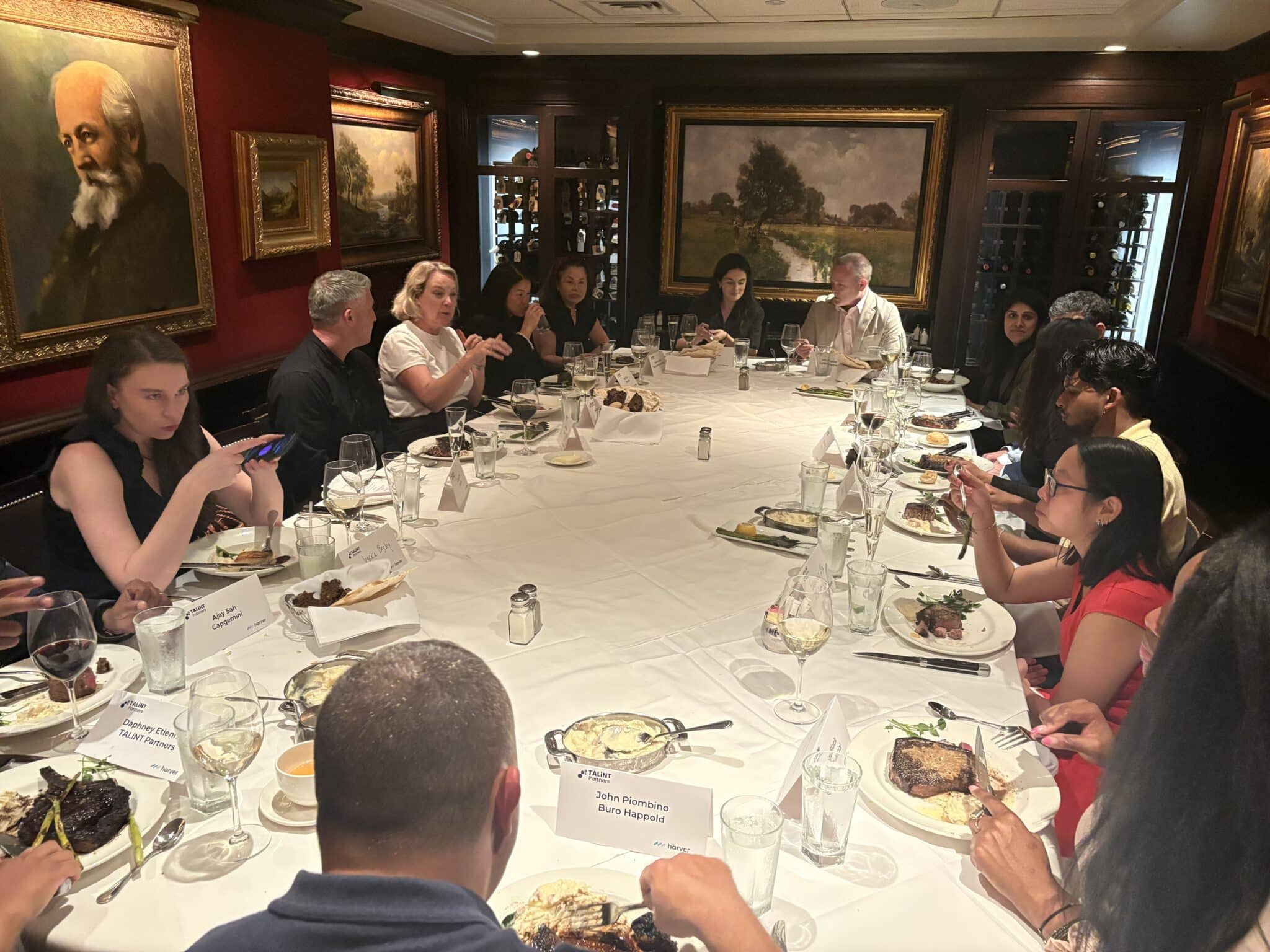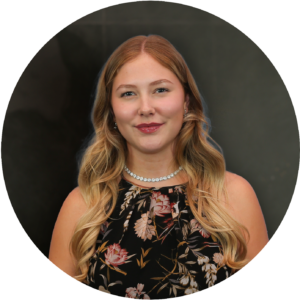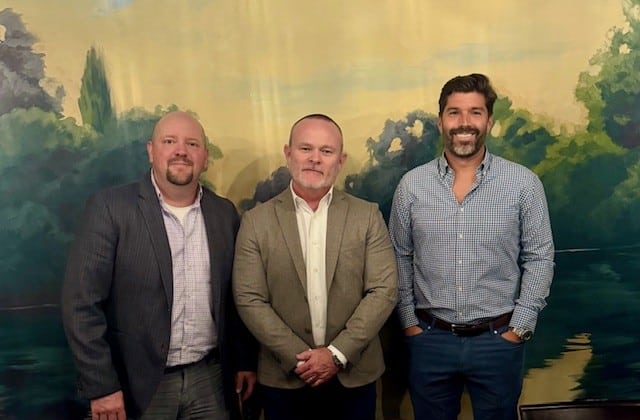Last Thursday evening, the clinking of wine glasses and the hum of conversation filled a NYC private dining room as a group of senior Talent Acquisition and HR leaders settled in for an evening of lively discussion and debate. The agenda revolved around the science behind skills-based hiring and fueled an evening of insights and thought leadership.
A key point of discussion was the increasing importance of skills-based hiring. Participants agreed that 2025 felt like a pivotal year for this approach, emphasizing that relying solely on degrees and years of experience was no longer sufficient given the dynamic market and rapidly changing skill requirements. One leader highlighted the need to define actual competencies for roles, moving beyond traditional checkboxes and exploring new ways to measure abilities like problem-solving and adaptability. This shift fundamentally embraces the science behind skills-based hiring, focusing on empirically validated methods to identify and assess true capabilities.
This led naturally to the conversation around AI and human intelligence. It was noted that AI excels at processing vast amounts of data to identify candidates with specific technical skills and can even predict good fits based on patterns, automating the initial heavy lifting of sourcing and screening. However, the consensus was clear: AI serves as a powerful support tool, freeing human recruiters to focus on essential human aspects. These include building rapport, understanding motivations, and assessing cultural fit, as empathy and nuanced conversations cannot be automated.
The challenge of assessing soft skills was also a significant topic. Leaders acknowledged the difficulty in objectively evaluating critical thinking, emotional intelligence, or collaboration, especially in remote or hybrid environments. A crucial aspect of this discussion revolved around understanding what an assessment is truly telling about a candidate, and not just whether they pass or fail. This requires a scientific approach to assessment design, ensuring validity and reliability in measuring these complex traits. The conversation explored how to incorporate these deeper insights into how talent is engaged, discussing behavioral interviews, simulations, and leveraging AI to analyze communication patterns, all while recognizing the ongoing need to ensure the scientific rigor of these assessments.
Ultimately, these strategies were linked to improving quality of hire. Participants believed that a successful integration of skills-based hiring, balanced AI efficiency, and human insight should dramatically enhance hiring outcomes. This means focusing on post-hire performance, retention rates, and internal mobility as key indicators, ensuring that each hire genuinely contributes to business objectives. The scientific foundation of skills assessment helps to reduce bias and increase the predictability of success, thereby directly impacting the quality of hire.
Finally, the discussion turned to the ROI on talent. Leaders recognized that demonstrating the direct link between agile, data-driven, and AI-augmented strategies and tangible results like faster time-to-fill, reduced turnover, and higher-performing teams is crucial for communicating value to executive leadership. This strategic approach, they concluded, truly elevates talent acquisition to a superpower for the organization.
The conversation continued late into the evening, a testament to the passion and strategic thinking driving these leaders as they collectively navigate the complex, yet exciting, future of talent.




